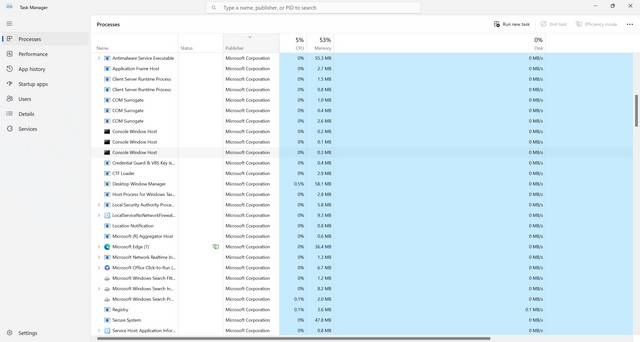When it comes to computer files and processes, it’s not uncommon to come across unfamiliar terms and names. One such term that may raise questions is “nvapi64.dll.” In this article, we will explore what nvapi64.dll is, whether you should remove it, and whether it is considered malware or not.

What is nvapi64.dll?
Nvapi64.dll is a dynamic link library (DLL) file associated with NVIDIA graphics cards and drivers. DLL files contain code and data that multiple programs can use simultaneously, which helps to reduce redundancy and improve efficiency. In the case of nvapi64.dll, it provides a set of functions and interfaces that allow software applications to interact with NVIDIA graphics hardware.
Specifically, nvapi64.dll is part of the NVIDIA Display Driver, which is responsible for managing and controlling the display output of NVIDIA graphics cards. It enables various features and functionalities, such as adjusting display settings, optimizing performance, and supporting advanced graphics technologies.
Should I Remove nvapi64.dll?
In most cases, you should not remove nvapi64.dll from your system. It is an essential component of the NVIDIA graphics driver, and removing it can cause various issues with your graphics card and related software.
Here are a few reasons why you should keep nvapi64.dll:
- Functionality: Removing nvapi64.dll can lead to the loss of important features and functionalities provided by the NVIDIA graphics driver. This can result in degraded graphics performance, limited display options, and potential compatibility issues with certain software applications.
- Stability: The NVIDIA graphics driver relies on nvapi64.dll to ensure stable and reliable operation of your graphics card. Removing this file can introduce instability, crashes, and other system errors.
- Compatibility: Many software applications, especially games and multimedia software, depend on the NVIDIA graphics driver and its associated DLL files to function properly. Removing nvapi64.dll can cause compatibility issues and prevent these applications from running correctly.
It’s important to note that if you are experiencing issues with nvapi64.dll or suspect it may be corrupted, it is recommended to update your NVIDIA graphics driver rather than removing the DLL file. Updating the driver can often resolve any problems and ensure that you have the latest features and bug fixes.
Is nvapi64.dll Malware?
No, nvapi64.dll is not considered malware. It is a legitimate file associated with NVIDIA graphics drivers and is commonly found on systems with NVIDIA graphics cards installed. However, like any other file, it is possible for nvapi64.dll to be targeted by malware or become corrupted.
If you suspect that nvapi64.dll on your system is infected or causing issues, it is recommended to perform a thorough scan with reliable antivirus software. One such software is Malwarebytes Free, which is known for its effectiveness in detecting and removing malware.
By running a scan with Malwarebytes Free, you can ensure that your system is free from any potential malware infections and address any issues related to nvapi64.dll or other files.
Summary
In conclusion, nvapi64.dll is an important component of the NVIDIA graphics driver, providing essential functions and interfaces for software applications to interact with NVIDIA graphics hardware. It should not be removed from your system, as doing so can lead to loss of functionality, stability issues, and compatibility problems.
Nvapi64.dll is not considered malware, but it is always a good practice to regularly scan your system with reliable antivirus software, such as Malwarebytes Free, to ensure the integrity and security of your files and processes.
By understanding the role of nvapi64.dll and taking appropriate measures to maintain its integrity, you can ensure optimal performance and functionality of your NVIDIA graphics card and related software.










